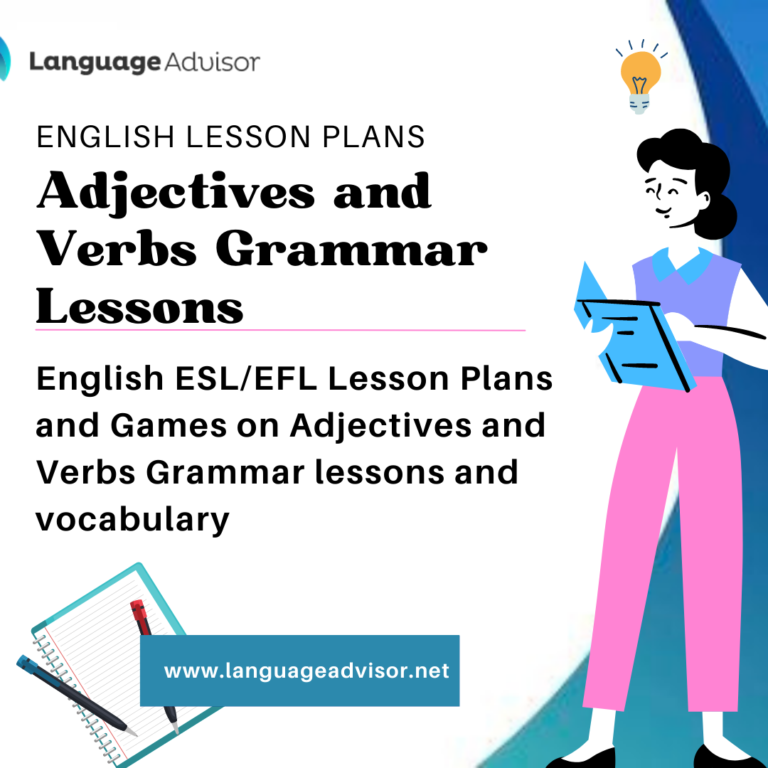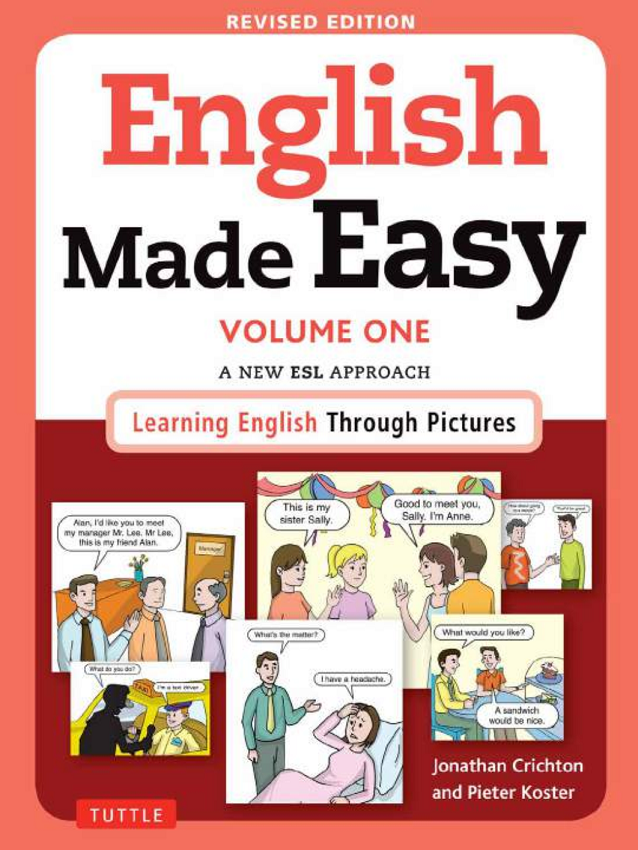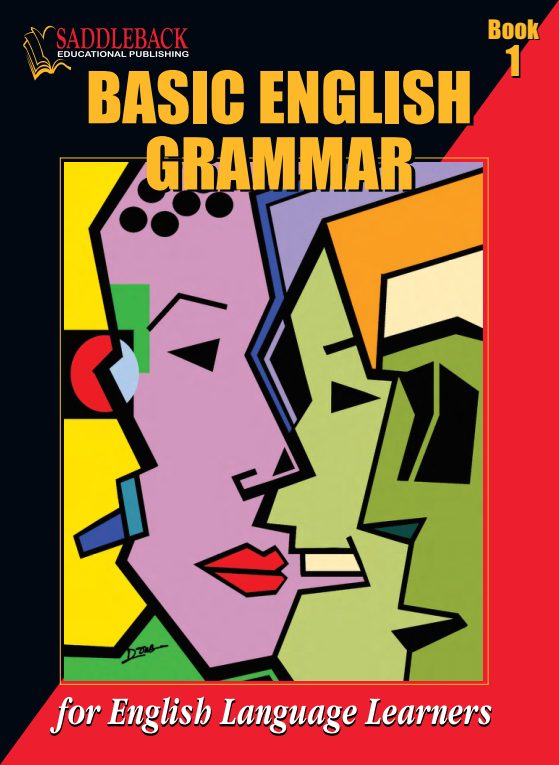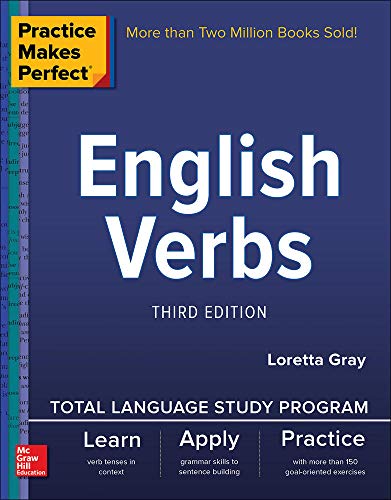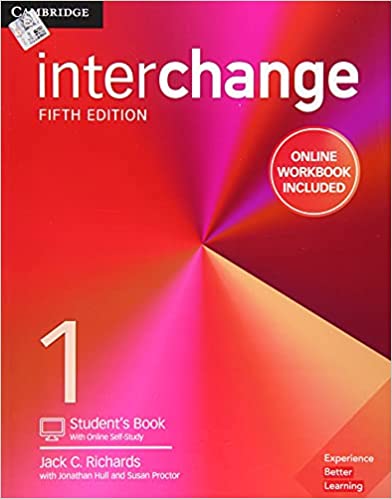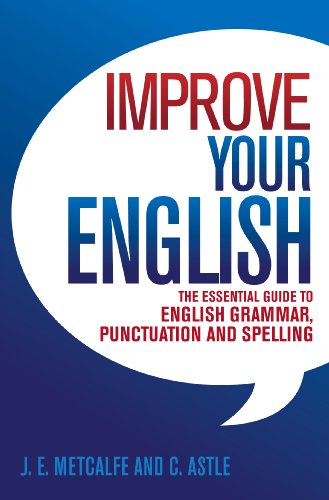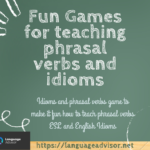Enhancing Verbs: Exciting Activities for English Learners. Engage Your Students with Dynamic Verb Games
Enhancing Verbs

Enhancing Verbs
Verbs are the backbone of language, crucial for expressing action, states of being, and relationships between elements in a sentence. For English learners, grasping the nuances of verbs can be both challenging and essential for fluency. As educators, we constantly seek innovative ways to make learning verbs enjoyable and effective. In this blog post, we’ll explore some exciting activities designed to invigorate verb lessons and deepen students’ understanding.


Catch
This fun activity is an excellent way to revise or practice verb forms.
Age/Level: Any
Time: 15 minutes
Players: Individual
Preparation: A ball
Aim: To review verb forms
Procedure
Sit the students in a circle.
Take a place in the circle as well.
Start the game by throwing a ball to a student. As you throw the ball, say a verb in the present tense.
The student who catches the ball must say the past or past participle of the verb, depending on the level of your students.
You then shout out a new verb as the student passes the ball to another student and so on.
If a student fails to say the correct verb form, ask the student to throw the ball again and the next student corrects the mistake.
If you want to make the game harder, you could ask the students to say a sentence using the verb in a particular tense.

Classroom Tennis

This is a useful ESL word game for practicing verb forms. It works well as a revision game at the start of class.
Age/Level: Any
Time: 20 minutes
Players: Individual
Preparation: None
Aim: To practice verb forms
Procedure
- Two students (A and B) sit facing each other in front of the class. You act as an umpire.
- To start the game, Student A thinks of an irregular verb and serves by saying the past participle of the verb.
- If Student A gets the past participle wrong, then Student B gets a point. At this point, you should tell everyone the correct verb form and write it up on the board.
- It is now Student B’s turn to respond to the serve and give the past simple form of the same verb. If Student B is right, Student A gives the infinitive of the same verb.
- If Student B is wrong, Student A wins a point. You then give the correct verb form and write it up on the board. Following that, Student A gives the infinitive.
- Now Student B serves, choosing a new irregular verb he or she knows. The serve is always the past participle of the verb.
- Award a point to the other student when someone makes a mistake, or if they are too slow in responding.
- The first student to get five points is the winner. Repeat the process with a new pair of students.
This game can be played with adjectives, comparatives and superlatives, and also with countries, nationalities, and languages.

Irregular Verbs Bingo
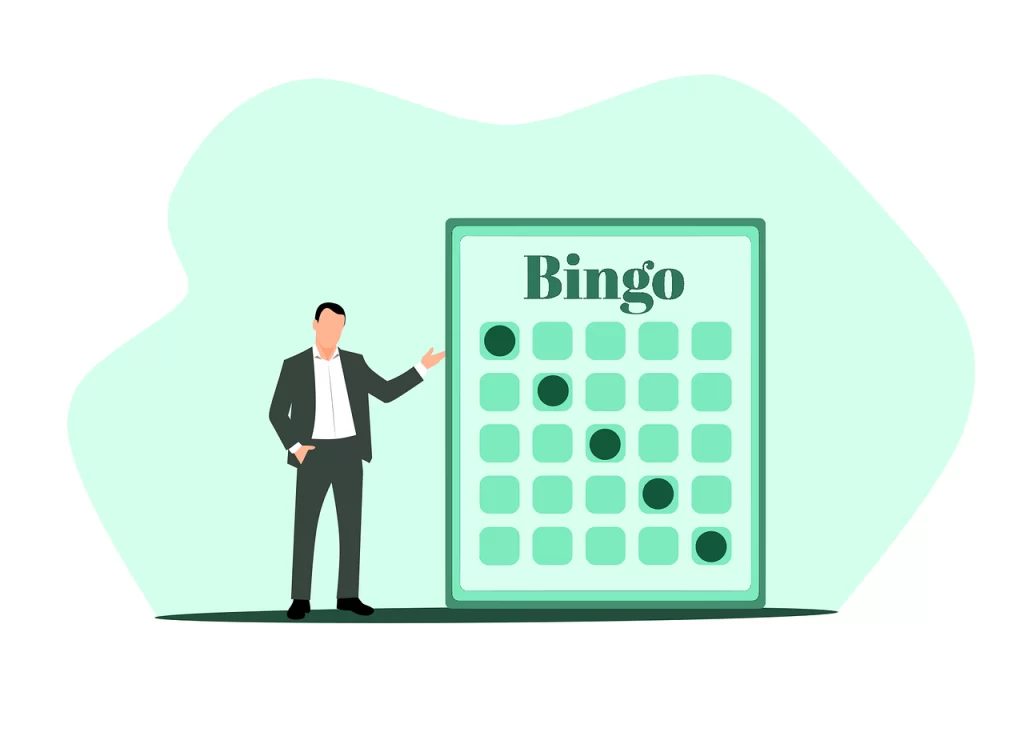
This fun ESL quiz game is adapted from a famous TV game show of the same name. Before you play, you will need a copy of the survey results of 100 people. (see below).
Age/Level: Any
Time: 30 minutes
Players: Individual
Preparation: A copy of bingo cards
Aim: To practice tenses
Procedure
- Print two copies of the caller’s card provided in the PDF.
- Cut one copy into individual squares, fold them in half, and place them in a hat or container.
- To call the bingo, randomly select a folded square from the hat. Unfold it and read out the word or number written on it.
- After calling a word/number, tick it off on the second copy of the caller’s card.
- Use the second copy of the caller’s card to verify if a player has a winning card during the game.
By following these steps, you can effectively use the Bingo Caller’s Card to track called words/numbers and facilitate a smooth Bingo game.
Bingo Caller’s Card

Things we do
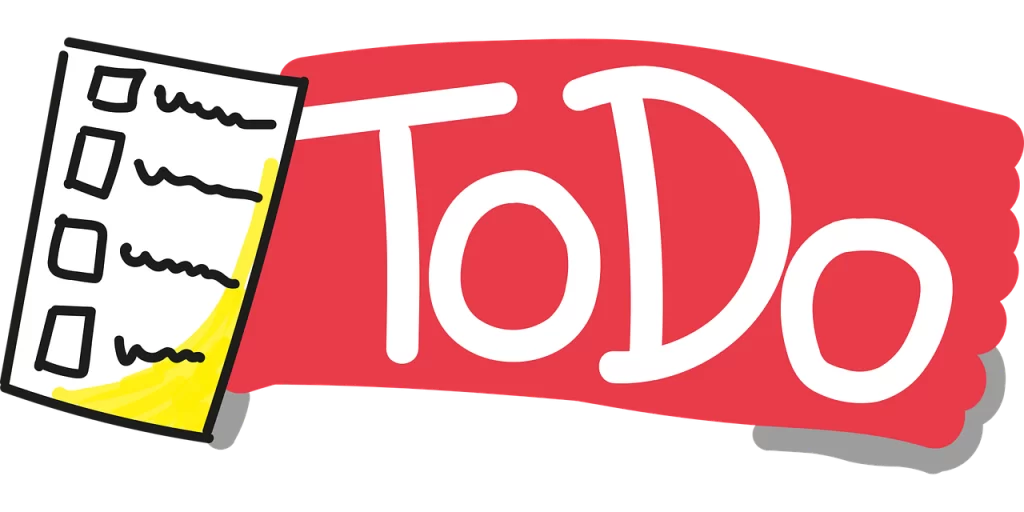
This is a great ESL game for teaching or reviewing regular and irregular verbs.
Age/Level: Elementary and above
Time: 20 minutes
Players: Teams of 3 to 4
Preparation: A list of regular and irregular verbs
Aim: To write down verbs related to a topic
Procedure
Review Verbs: Start by reviewing a list of regular and irregular verbs with the class. Next, divide the class into teams of three or four students each.
Divide Into Teams: Assign each student to a team. Ensure they understand the verbs on the list.
Topic Selection: Write a ‘Things we do’ topic on the board, e.g. things we do with our brains.
Brainstorm Verbs: Explain to the teams that they have two minutes to brainstorm and write down as many verbs as they can that relate to the given topic. Encourage creativity and active participation.
Team Discussion: In their teams, students collaborate and write down the verbs they remember from the list reviewed earlier. They should aim to come up with verbs that fit the topic.
Checking Answers: After the two minutes, check each team’s answers. Award one point for each appropriate verb they have listed.
Repeat with New Topics: Write another topic related to actions on the board and repeat the process. This allows for multiple rounds of the game.
Scoring and Winner: At the end of the game, tally up the points for each team. The team with the highest number of points wins. This game can also be adapted to review other parts of speech like nouns or adjectives.


Verb Connection
This verb game is similar to ‘Connect 4’. The game is quite strategic and helps the students practice using verbs in a variety of tenses to make sentences and questions.
Age/Level: Elementary and above
Time: 25 minutes
Players: 2 teams
Preparation: None
Aim: To use a specific verb correctly in a sentence
Procedure
Split the class into two teams. Give each student in both teams a number. Draw an 8 x 8 grid on the board and assign the teams with an O or X symbol. Write a different verb in each square and write the verbs in a mixture of tenses. Have the teams play a quick game of rock-paper-scissors to see which team will play first. Choose a player number. The player with that number chooses a verb from the grid. That player then has to use the verb correctly in a sentence. The sentence must be in the same tense as the verb in the grid.
If the student makes an appropriate sentence, the team wins the square. An O or X symbol is then placed in the square, and the next team plays. When the next team plays, the same player number is used.
The aim of the game is to get four in a row (the same as Connect 4).
For higher-level students, add a question mark next to some of the verbs. This means the students have to make a question using the verb.

Visual Verbs
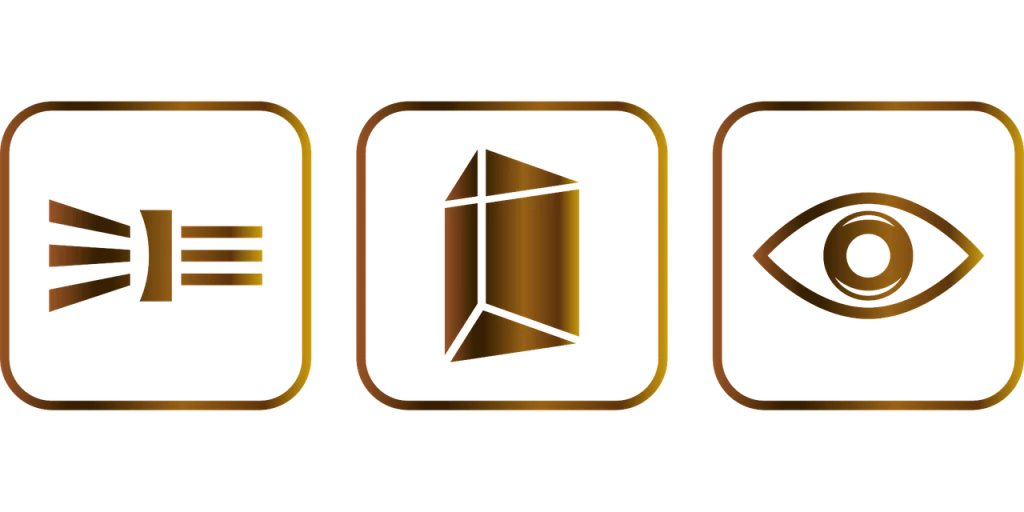
This is a great ESL game for practicing verb forms. It is also a lot of fun for students to play.
- Age/Level: Any
- Time: 20 minutes
- Players: 2 teams
- Preparation: A list of verbs
- Aim: To guess a verb and then write down the three forms
Before you begin, have a list of verbs ready. The verbs you use should vary depending on the ability of your students.
Procedure
Divide the students into two teams (A and B).
Write the teams on the board and draw three columns under each team. Label the columns: Base, Past, and Past participle.
Have the teams choose one player each. The players from both teams come to the front of the class.
Give each player a different verb.
The two players have to act out their verb without speaking. The teams try to guess what verb their player is miming.
The student, who guesses the verb correctly for their team, comes to the front of the class, and writes down the three forms of the verb in the columns.
Once the student has written the three forms, a new player comes up and acts out a new verb and so on.
The two teams are playing continuously, so when a team member guesses the correct verb. The other team keeps playing.
At the end of the game, give a point for every correctly spelled and formed verb. The team with the highest number of points at the end is the winner.

Guess What They’re Doing!

A Fun Board Game to Practice Present Continuous Tense
Age/Level: Elementary and above
Time: 30 minutes
Players: 2 teams
Preparation: Flashcards with present continuous tense sentences
Aim: To practice forming sentences in the present continuous tense.
Procedure
Setup: Divide the class into two teams and set up the game board with spaces for each team to move.
Flashcards: Prepare flashcards with sentences in the present continuous tense, such as “She is reading a book” or “They are playing soccer.”
Start: Choose which team goes first, and they begin the game.
Roll the Dice: Each team takes turns rolling the dice. The number rolled determines how many spaces the team can move on the board.
Sentence Construction: When a team lands on a space, they draw a flashcard and read the sentence aloud. Then, they must construct a new sentence using the same structure but with a different subject or verb.
Validation: The other team validates the sentence for correctness. If it’s correct, the team gets to move forward. If not, they stay in the same place.
Winning: The first team to reach the end of the board wins the game.
Repeat: Continue playing rounds until each team has had an equal number of turns, or until a predetermined time limit is reached.
Review: At the end of the game, review any challenging sentences or grammar concepts that came up during gameplay.

Battleships – Can/Can’t

Find someone who

Guess my sentence – conditionals

Idioms

Enhancing Verbs: Exciting Activities for English Learners
In conclusion, these dynamic verb games offer a fresh approach to teaching this fundamental aspect of language. By incorporating movement, competition, and creativity into verb lessons, educators can foster engagement, comprehension, and retention among their students. Whether it’s through charades, interactive quizzes, or collaborative storytelling, these activities empower learners to interact with verbs in meaningful and memorable ways.
So, why stick to traditional methods when you can infuse your lessons with excitement and energy? Try out these activities, and watch as your students’ verb skills soar to new heights!
Enhancing Verbs
Enhancing Verbs. Also check out these activities to improve verbs



